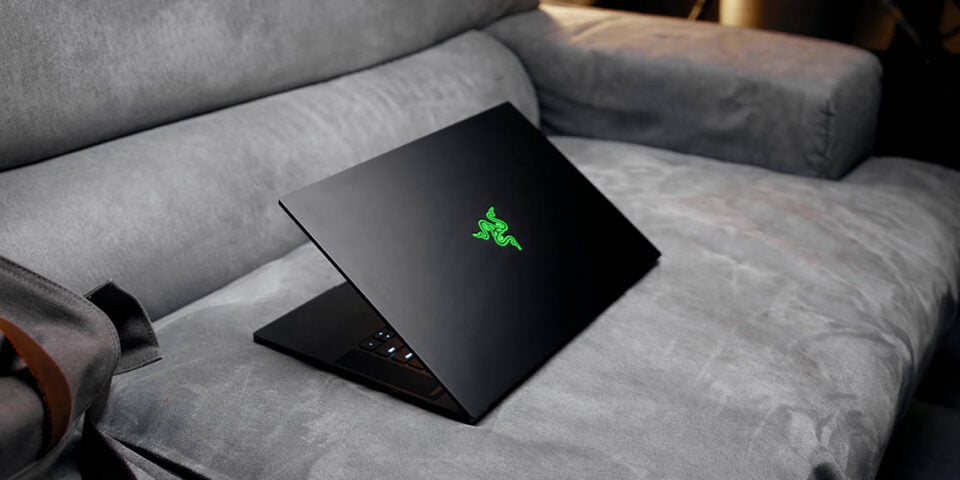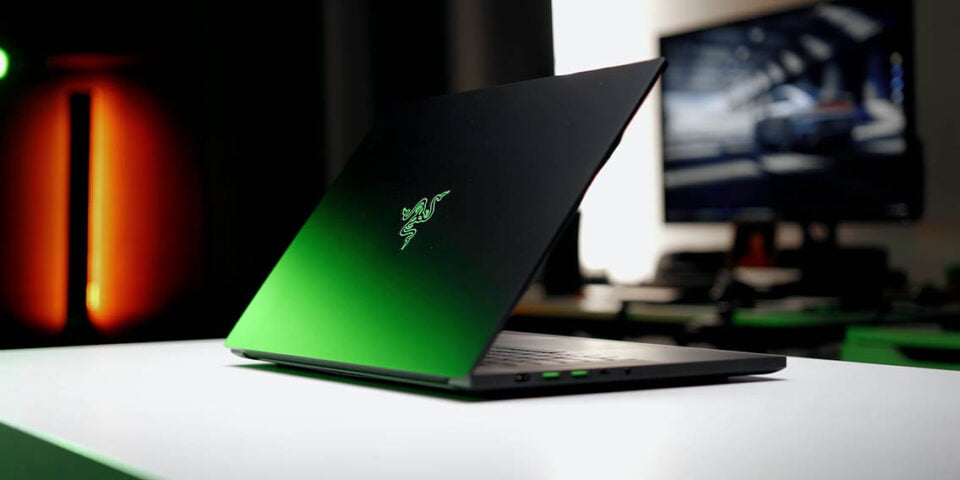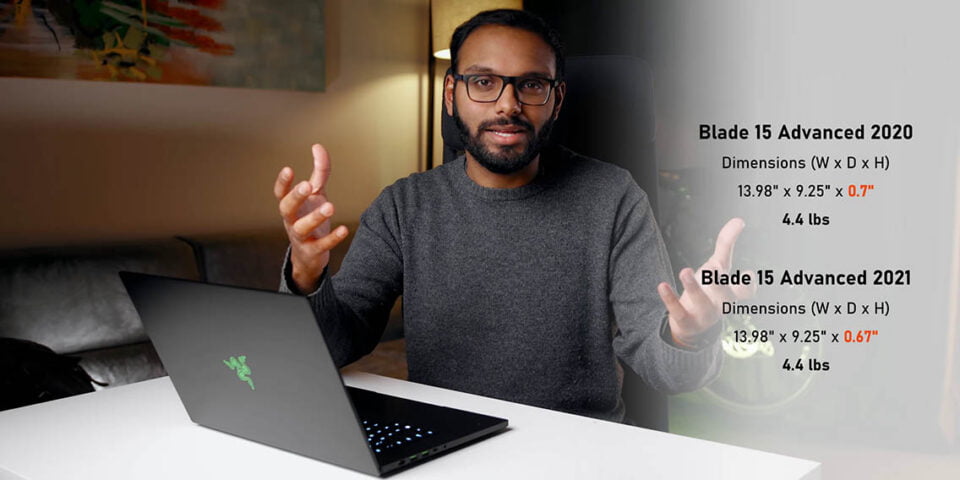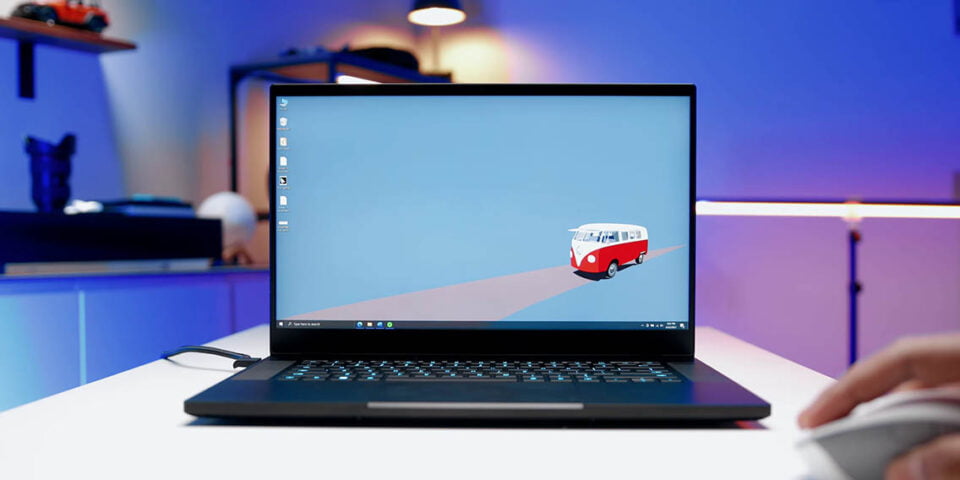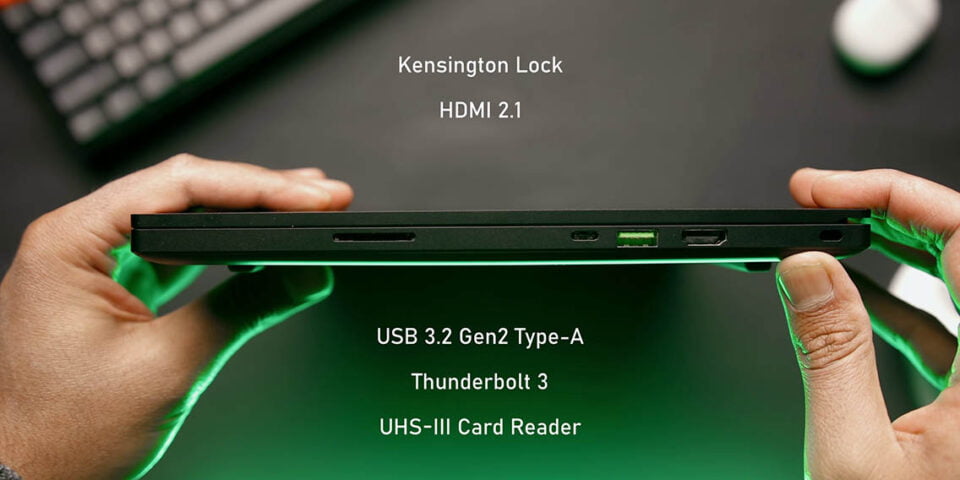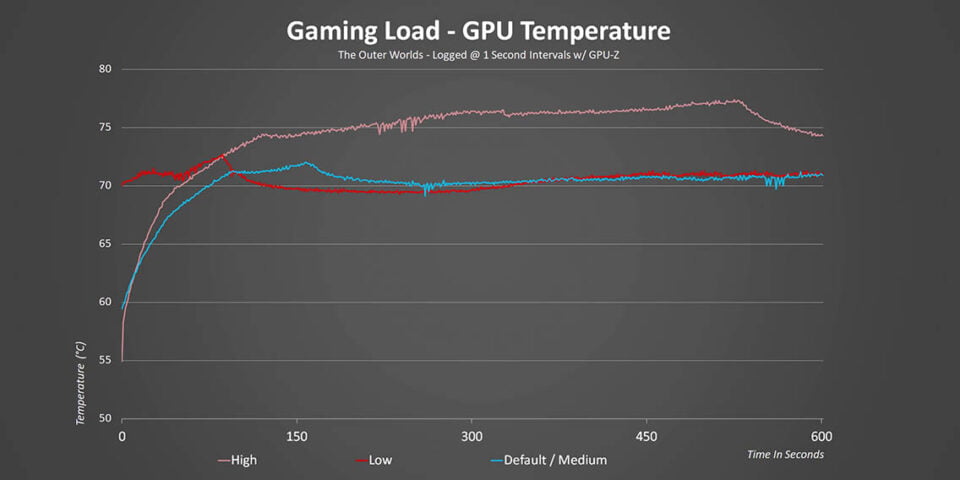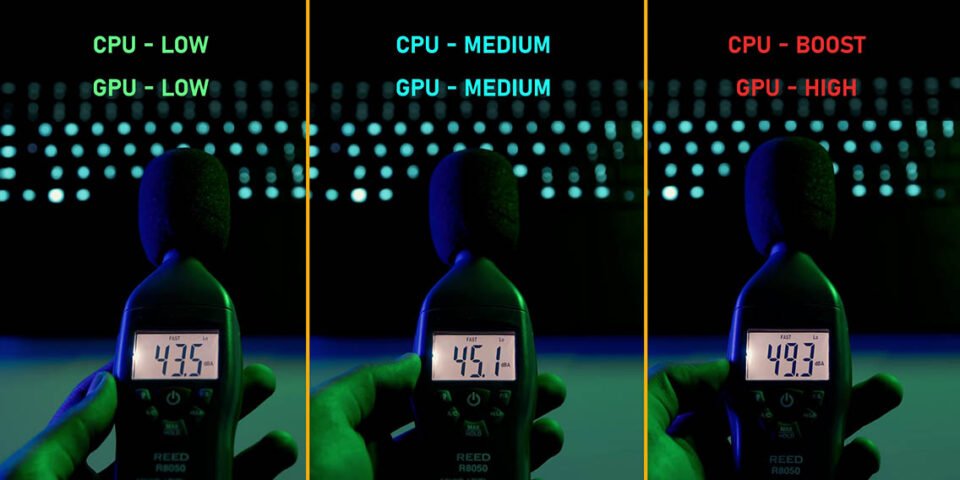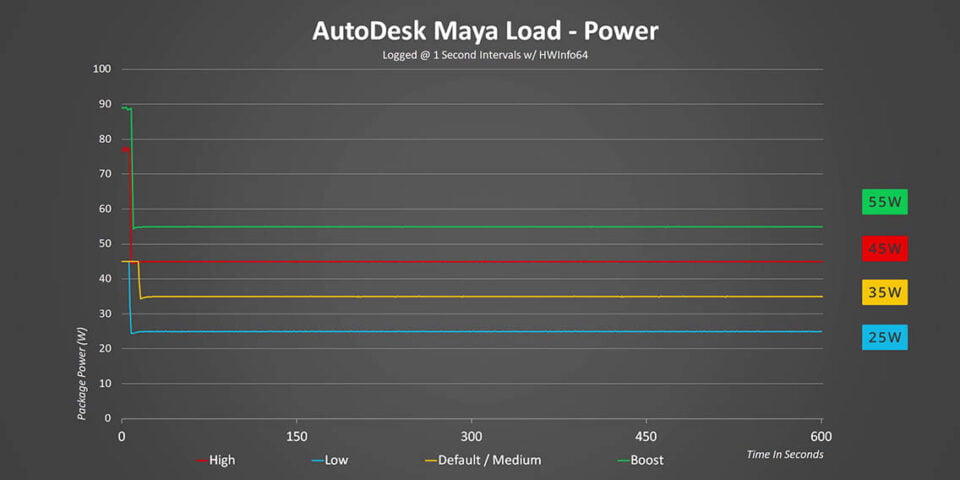
Razer Blade 15 Advanced (2021) Review – SURPRISINGLY Fast Gaming!
2021-08-06Table of contents
What we have here is the 2021 model of the Razer Blade 15, and obviously they have made a few changes on the inside in terms of hardware. You now get the new RTX 3000 series GPU paired with Intel’s 10th Gen processors, a faster screen, expanded connectivity, and that’s pretty much it.
What I’m going to do in this review is actually walk you through the different SKUs that Razer is offering with the Blade 15 Advanced series, discuss pricing, and then a few concerns that I have about this model. And of course I’m going to show off this laptop’s performance, because that’s the most surprising part about this machine and the whole team were impressed by what the Blade 15 Advanced (2021) has to offer.
Models & Prices
The first thing I want to tackle is the different configurations that Razer has for the Blade 15 Advanced lineup, because they just have a lot going on right now. It starts at $2,500 USD, and for that you get be 10th Gen i7-10875H CPU with 8 cores/16 threads, 16GB of RAM, 1TB NVME SSD, and RTX 3070 GPU, along with a Quad HD 240Hz IPS-type display. Do note that this is the sample that I have over here. Now for an extra $100, you can get a faster 360Hz display, but that is limited to 1080P. Now if you are looking for an RTX 3080 8GB GPU, that is going to cost you $2,900 USD, but that also doubles the memory and you get the same display as the entry model. And if you really want to pay $3,000 USD you can get the 1080P 360Hz display.
The top of the line spec comes with an RTX 3080 with 16GB of VRAM, a 4K OLED display at 60Hz, the rest of the specs are pretty much identical to the other SKUs, and the price is $3,300 USD, which is it’s a lot of money folks. Now I did compare pricing to last year’s spec and interestingly enough prices have remained the same, albeit maybe $100 cheaper this time with the entry-level model. But that goes to show that Razer isn’t taking advantage of this whole GPU shortage situation that we are facing right now by jacking up the price of their Blade series, so that’s good news. However, this is still a very, very expensive laptop.
From a design standpoint, absolutely nothing has changed with the new Blade series. It’s the same boxy design with the anodized aluminum chassis. You still get the illuminated green Razer logo on the front lid. They have shaved a few millimeters in terms of thickness with the new Blade 15 Advanced model, but it’s really not that significant, and it weighs pretty much the same.
Keyboard
Even the interior space remains untouched. You still get the same keyboard layout, same switches, and per-key Chroma lighting. The trackpad is still one of the best that you can find on a Windows laptop, so there’s nothing much I can complain about. However, I really wish that the switches were better this time, especially when it compared to ROG’s offerings because it’s a night and day difference. Take the ROG Zephyrus G15 for instance, it comes with an excellent keyboard with good travel distance and a very satisfying feel when you bottom out. Even the Dell XPS 15 or XPS 17 series is excellent, they managed to keep it low profile and yet it’s just very, very satisfying to type on. When I come back to the Blade 15 it doesn’t meet up to those standards, especially considering the price point.
Design
Also given this boxy design, I find it extremely uncomfortable to use this laptop for longer periods of time, because the edges around the palm rest area are really, really sharp. They can start leaving marks on your wrists and it does start to hurt a little bit, and it gets even worse if you use this thing on your lap. The power cable is an absolute nightmare to work with. The braided cable is just really thick, so if you want to pack this up quickly and put it in your backpack it’s going to need some work. I’m also just not a fan of the power connector, you always have to make sure that it’s facing the other side where the cable is exiting, because if you switch it it’s going to cover a USB port. I’ve already mentioned these concerns with my previous Blade 15 laptop, it’s just really unfortunate that Razer hasn’t taken any measure to address them because this design is quite frankly starting to look boring.
Camera & Speakers
This is the webcam test on the Blade 15 Advanced, and to be honest with you it is one of the worst that I have seen on a Windows laptop, period. It just crushes the shadows and it just doesn’t look good. The front facing speakers sound pretty much the same compared to the last gen, they haven’t really tweaked the drivers with the new series. They sound okay, but you are not going to get the best bass response, especially when you compare it to the XPS 15 and XPS 17 that have more fidelity in the trebles and the bass.
Display
Moving on to the display, and this is an area where I would say Razer has made some improvements. First off you are getting Quad HD in a 15-inch form factor and it looks great. It gives you more screen real estate to work with, but some people might still find it too small if you scale it to 100%. On top of that it has a 240Hz refresh rate, which makes everything from navigating Windows and playing popular AAA titles buttery smooth. The quality of this panel is a noticeable improvement over the last gen. As you can see it covers a 100% sRGB, 88% Adobe RGB, and 99% DCI-P3, so you are really in for a treat if you are editing videos or photos or any sort of content consumption. I think this is one of the best displays that I have come across on a gaming laptop in this caliber, but there is a catch… It doesn’t get bright enough.
I think the peak level that I got was 315 nits from my test, which is lower than some competing laptops. Also something that I should mention is that as soon as I unplug this machine there is a weird sort of white boost in the contrast levels, which make the image look so weird. I tried to troubleshoot this and it turns out then when Intel’s graphics kicks in it adjusts that automatically, so the workaround to this that I found was to disable Optimus and switch full-time to the discrete GPU.
Another thing I want to point out is that this display does not run at 240Hz full time. If you are doing regular desktop stuff it sticks to 60Hz, and then if you switch over to a game in exclusive full screen mode it switches to 240Hz. This has to do with NVIDIA’s Advanced Optimus technology, and I find that really odd because with my previous Blade 15 laptop, which had an RTX 2080 and a 9th Gen CPU, I was able to run the screen at 240Hz full-time whether I was plugged in or unplugged. Now obviously you can run it at 240Hz full time if you choose to run the screen with the discrete GPU full-time through NVIDIA’s control panel, but that’s obviously going to affect battery life so keep that in mind.
Connectivity
Port selection is pretty much the same as last years, which is totally fine. On the left-hand side you have power-in, two USB 3.2 Gen2 Type-A ports, and a USB 3.2 Gen2 Type-C port that also supports PD charging up to 100W. There is also a 3.5mm audio output. Then if you switch over to the right-hand side you get a Kensington lock, HDMI 2.1, another USB Type-A port, a Thunderbolt 3 Type-C port, and a full-size UHS-III card reader, which I’m sure content creators will love.
Upgradability
Upgradability is pretty flexible on the new Blade 15. Once you get under the hood and you have quick access to two RAM modules. The primary NVME SSD is actually hidden underneath a bracket and the drive speeds are really fast. Now you might be wondering about this bracket and its purpose, well Razer has actually managed to add an additional M.2 slot for storage expansion. They have designed this in such a way that you can simply add the second NVMe SSD on top and secure it with the pre-installed screw. It’s basically a layered set up, which is pretty cool.
Battery Life
Now in order to creates such a slim chassis, but keep good enough cooling for the RTX 3070 operating at 95W, a sacrifice needed to be made somewhere. And unfortunately that had to be the battery capacity. While a lot of their competitors have moved to higher capacity units, Razer needed to stick with a more standard 80Wh cell in the Blade 15. That along with a relatively inefficient Intel architecture means battery life is pretty respectable for a 2020 laptop… but that hits a bit short of expectations in 2021. That is actually pretty evident when you put this thing under heavier load, because as you can see the battery life plunges to just under 1.5 hours.
Power Modes
Now before we get too far into the performance results, I do want to quickly talk about the different modes that Razer has built into the Blade 15. You see instead of sticking with the usual 3 or 4 modes – like Eco, Balanced, Performance, and Extreme – that you can find on other gaming laptops, they have actually added a little bit more customization with both the CPU and the GPU, which I think is pretty cool. First off, there is the Balanced Mode, which basically strikes a balance between performance, temperatures, and acoustics.
When you switch over to the Custom tab there are actually a bunch more options that allow the user to run the CPU from 35W in the Low state all the way up to a constant 55W when you put it to Boost, when the GPU is not being used. The RTX 3070 also gets some love, but this time with a little bit less flexibility. In Low and Medium settings the power limit is set to 85W, while when you switch over to High it’s actually at 95W. I think that is super impressive because for a laptop this size you can’t really find many other laptops pushing the graphics power above 80W. A great example is the Zephyrus G15 that allows for a maximum of 80W even in the highest performance mode. One thing I do need to mention is that the custom medium setting is the default balance mode. Also do keep in mind that all the benchmarks that you are gonna be seeing in this review will be run with the CPU and GPU set to their custom High settings.
GPU Overtime
Let’s take a look at how this affects the GPU and gaming first. In terms of power the Blade 15 does exactly what it claims to do, which is delivering a constant 85W in Balanced/Medium and Low modes. Meanwhile the High setting is a bit more interesting, because while it did provide a pretty constant 95W there was one area where reading sort of went all over the place. After 3 runs it kept happening so I’m guessing it might have been a game asset load or something that caused more power to be moved to the CPU while sacrificing GPU performance a bit, but that’s just a theory.
Frequencies were super stable too, with Low and Medium hitting an average of 1350MHz, while high capped at about a 100MHz higher than that. It’s weird that the power spikes in the high power mode didn’t really affect clock speeds, but my theory of game asset loading could explain this as well. One of my biggest concerns over previous generations of Blade 15 laptops was always temperatures, but it seems like Razer does have things under control… at least in gaming. Even though this laptop has its GPU set higher than a lot of the others that I have come across it actually never made it to 80°C.
Temps & Noise
Noise isn’t a problem either, even in the High and Boost settings the fans do pick up speed but they never became annoyingly loud. Honestly, this is one of the first laptops that I have come across that doesn’t sound like a jet fan when set to the highest setting, so that’s definitely a positive.
Now there is also something that I want to mention, and that is while the fans don’t get really loud there is a constant sort of whining noise with the Blade 15 underload. I couldn’t normally hear it, but if you are sensitive to higher frequencies it’s certainly something to take note of. Surface temperatures aren’t that bad either, but there are a few places that do tend to get a bit warm to the touch. Now are any of them uncomfortable? No, and to make matters even better Razer doesn’t exhaust the Blade’s hot air out of your mouse hand like some other gaming laptops.
Gaming Benchmarks
So what do you get when you combine an RTX 3070 operating in 95W in the highest setting with an Intel Core i7-10857H? Well it’s one of the fastest gaming laptops that I have come across so far. It overcame the ROG Zephyrus G15 and that thing had an RTX 3080. That goes to show that the name of the GPU isn’t everything, give a mobile RTX 3070 enough power and it can match or beat a lower wattage RTX 3080. Just remember this though, the G15 is also a good $500 cheaper… provided you can actually find one of those rare laptops. Even at 1440P the Blade 15 advanced powers ahead in most cases, which should really get you thinking about which model you end up buying from any laptop these days.
CPU Overtime
Now that we have established that this thing is a super impressive choice for gaming, what about real-world usage? Well let’s dive into that and see how the processor behaves in Razer’s various modes. Starting with power over time, and this is something we love seeing. Every single mode brings something different to the table. Low hits a constant 25W, Medium/Balanced is 35W, High is 45W, and finally Boost nails that claimed 55W mark without any problem, so expect pretty different performance results from each of them.
The frequency curves follow the power readouts perfectly. Would I use the Low setting for creative tasks? Absolutely not since it tops out under 2GHz, but it does give the lowest surface temperatures and noise so it’s perfect for light loads like web browsing and general office work. Then there is some serious jumps to 2.4GHz in Balanced mode or 2.75GHz in High, and then finally about 3GHz in that Boost setting. Taking look at temperatures, they are once again super well managed across every single setting. It feels like Razer’s engineers spent a ton of time refining their design, fan curves, and power limits so they could get the Blade 15 to behave so differently depending on which setting you choose.
Benchmarks
And now let’s take a look at some real-world benchmarks, and right away you can see the challenge that Intel’s partners face when using 10th gen Comet Lake chips in their laptops. While single thread performance is competitive, there is just no way the CPU’s can match what AMD is bringing to the table. And remember the Blade 15 Advanced costs more than any of the Ryzen-based laptop in these charts. The i7-10857H just gets steamrolled again and again and again, and again. The only real thing saving the situation is performance in creative apps that are GPU accelerated, like Adobe Premiere and DaVinci Resolved. Here the RTX 3070 and a very good lightly threaded output from the processor combine to make a really interesting solution, but that’s actually a pretty typical result for Intel laptops these days. AMD is catching up though.
Conclusion
While the exterior hasn’t changed all that much, Razer has improved every aspect of the Blade 15 Advanced since the last time we looked at it. You now get a better display, higher CPU, RTX 3000 series GPU operating a 95W, and that results in amazing gaming performance. The numbers really do speak for themselves. The temperatures are under control, no overheating, and acoustic performance is also respectable. And the best part is they haven’t actually increased the price.
But I do have to mention that they still need to make some improvements with this laptop in terms of keyboard switches, maybe redesign that power connector to make it more convenient, and also give us a slightly bigger display, maybe a 16×10 because I think that’s becoming the trend these days. Also this design is starting to get boring, give us a different color, like gunmetal gray, and maybe take off that Razer green logo that is LED lit and give us something that’s laser etched.
At this time when price gouging is everywhere, which is a sad reality, it’s really getting harder and harder to build a gaming PC. But it’s good to see something like the Blade 15 Advanced resisting those price increases at least right now. Keep in mind that you still have to pay a premium for it, and if you are looking for cheaper alternatives the Zephyrus G15 is $500 cheaper, but good luck finding any high-end Ryzen laptop in stock.
